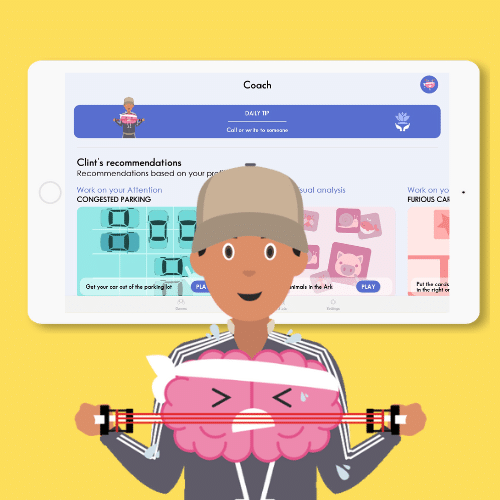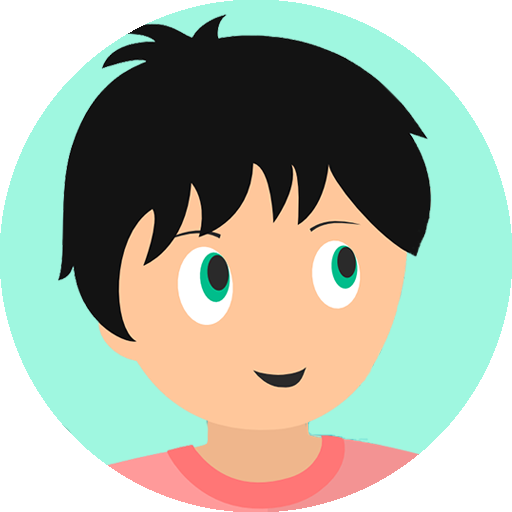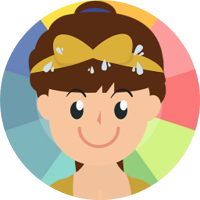Cognitive remediation is a therapeutic intervention that aims to support people with cognitive disorders. The aim of this technique is to treat the person’s difficulties and to give them support to remain autonomous.
Types of cognitive remediation
There are two types of cognitive remediation: restorative and compensatory.
Restorative remediation allows the person to work on their most reliable cognitive functions through exercises. This training helps to improve cognitive functions, and to recover lost functions. This type of remediation is mainly used with people with brain damage.
Compensatory remediation acts mainly on the person’s environment. The aim is to make activities of daily living easier and to reduce the cognitive load required. For example, a pillbox can be used so that the person does not have to remember which pill to take and when. Also, if any cognitive functions are too compromised to work, it is important to continue to improve other functions.
Who can benefit from cognitive remediation
Cognitive remediation is used to treat cognitive disorders. It can therefore be used with people with cerebral palsy, schizophrenia patients or with anorexic individuals. Cognitive remediation can also be used with children, for example, with hyperactive children or children with autism.
The benefits will be mainly at the cognitive level, but the aim is that the person can transfer the acquired strategies into everyday life. Thanks to cognitive remediation, the person should feel comfortable and able to cope with tasks and activities of daily living. All this also influences the mood, so the person will be more serene.
During the course, the person will work on different cognitive processes, depending on their difficulties. They can work on mental flexibility, planning, memory or attention. The aim is to help all people who have difficulties with strategy, adaptation or autonomy
The tools of cognitive remediation
Depending on each individual, there are different tools that are used in cognitive remediation.
Each tool allows for targeted exercises on one or more cognitive functions. It is important to find the most suitable exercise for the person. All these tools and exercises should be done with a health professional.
- CiRCuiTS : This programme works on cognitive functions. For example, you can stimulate attention through mental flexibility exercises. Or the different types of memory (verbal, visual, working memory, etc.).
- TCM : This programme is essentially cognitive remediation of metacognition. Metacognition is the ability to analyse one’s own cognitive processes. For example, we can understand our thoughts and work on our impressions of the environment. In this case, we can work on not “jumping to conclusions”, i.e. if my colleague did not say hello to me, it does not mean that he does not like me.
- Gaia : This programme is a training to learn to process information from facial expressions and emotions of others. The aim is to enable the person to develop and maintain healthy relationships and not to misunderstand the intentions of others.
These are some examples of programs available in cognitive remediation. The health professional will choose the best programme, and prepare a therapeutic project. Generally, these projects have a limited duration, however, you can continue to train your brain and cognitive functions at home.
TRAIN YOUR BRAIN WITH CLINT, YOUR BRAIN COACH
Clint, you brain coach
Clint is a brain training app with more than 30 games to stimulate all the cognitive functions. Each game has 3 levels of difficulty to better adapt the activities to the skills and needs of each player.
The Clin app works without WiFi, so you can use it at home or on the road anytime you want. You can keep your brain active and stimulate the cognitive functions worked on during cognitive remediation as well.
Sudoku
Solve the Sudoku grids.
With this game you can improve your attention because you have to look at all the numbers and the game takes time to solve. You also stimulate your logic to find the right combination to solve the grid.
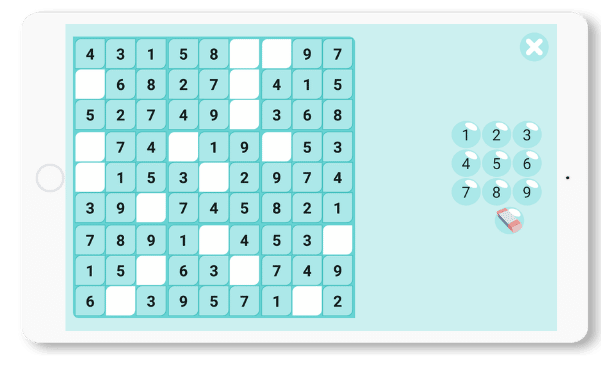
Furious Cards
Memorise the order of the cards.
With this game you stimulate the memory in different ways: you stimulate the visual memory, if you look at the pictures; the verbal memory if you name the pictures and the short-term memory to remember the order of the cards.
In the medium and difficult levels, you also stimulate attention because there are more images, some of which you do not have to remember.
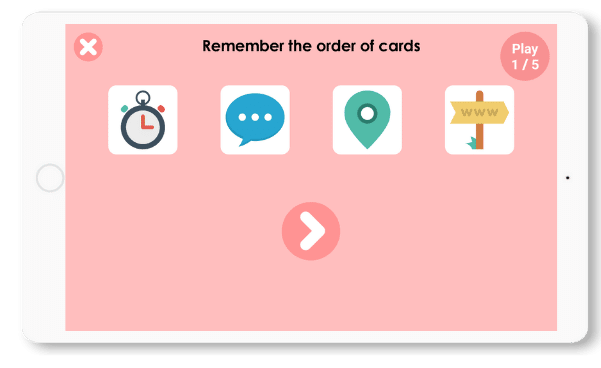
Brain Storm
Reconstruct the proverb from the words presented.
With this game you stimulate the construction of the sentence.
In addition, you can work on the meaning of sentences, to understand their hidden meaning. This can be useful for understanding others, and avoiding misunderstandings about their intentions. So you are working on social language.
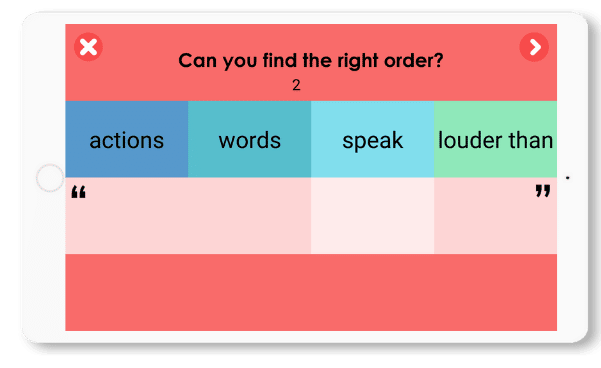
Congested Parking
This game stimulates logic because you have to find the best strategy to move the cars in the right order and get the yellow car out of the car park.
To arrive at the solution, you also stimulate the creation of mental images to imagine and anticipate the movement of the cars.
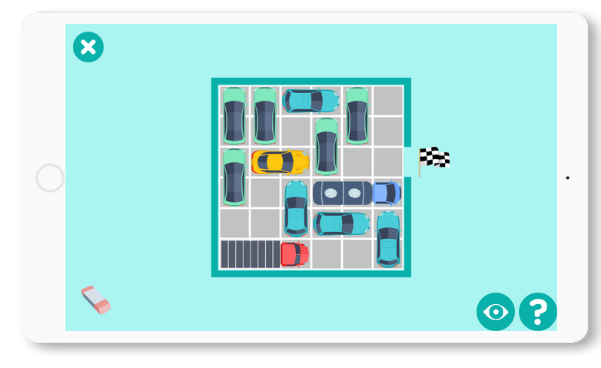
DISCOVER OUR SUBSCRIPTIONS
3 MONTHS
- Performance tracking
- Monthly updates
- Customer support
- No automatic renewal
$18 USD
1 YEAR
- Performance tracking
- Monthly updates
- Customer support
- No automatic renewal
$58 USD


